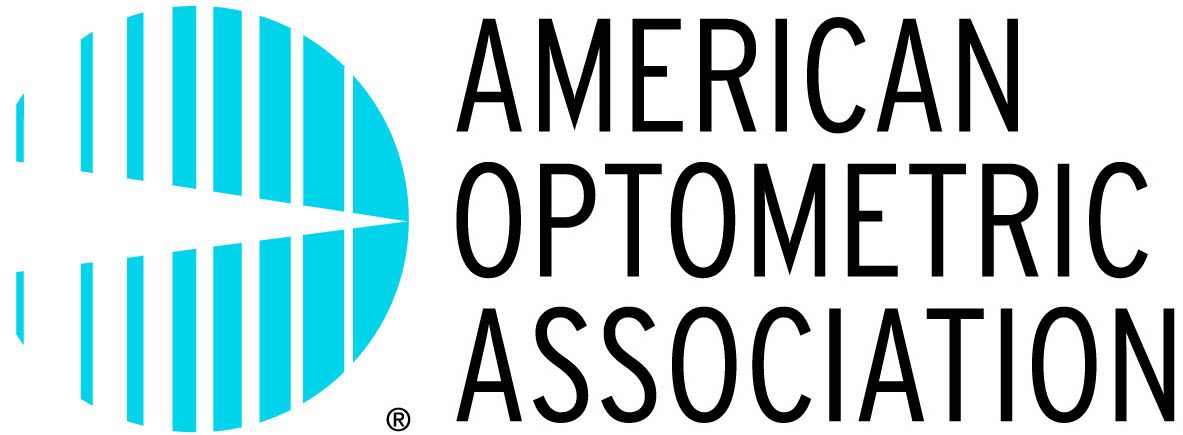
Accreditation Council on Optometric Education announces new leadership

The 13-member
The ACOE ensures the continued educational rigor necessary for optometry’s expanding and essential role in health care.
“We thank Petito for his years of service and support,” shares DeKinder. “His work has helped advance the ACOE processes and standards, including completing the comprehensive review process and adoption of new accreditation standards for professional optometric degree programs and for optometric residency programs. He spearheaded developing a definition for the term ‘contemporary optometry’ to which all professional optometric degree programs must adhere.”
As Associate Dean of Academic Programs and Director of Residency Programs at the University of Missouri-St. Louis College of Optometry, DeKinder has been a member of the council since 2018 and has served as the vice chair since 2022. DeKinder served as a consultant for the ACOE, participating in on-site program reviews, and as a committee member for the ACOE for several years prior to joining the council. Her installation as chair was effective July 1 of this year.
Welch is a staff optometrist with the Choctaw Nation Health Services Authority in Idabel, Oklahoma, and was initially appointed to the ACOE in 2021 and previously served for several years as a committee member for the ACOE.
DeKinder and Welch take the reins as ACOE—the exclusive optometric accrediting body in the United States and Canada for more than 70 years—seeks to continuously elevate its mission to serve the public and the profession of optometry.
DeKinder adds: “The ACOE’s areas of focus include maintaining the integrity of its decision-making, continuing to engage with the profession and the public, and promoting clear and transparent standards and processes.”
ACOE accreditation process
The ACOE is charged with serving the public and profession by “establishing, maintaining and applying Standards to ensure the academic quality and continuous improvement of optometric education that reflect the contemporary practice of optometry.”
Toward that end,
At least every eight years, the ACOE conducts a comprehensive on-site review of each program holding an accreditation status. When a program is determined to be out of compliance with one of the ACOE’s Standards of accreditation, the program is cited with a “recommendation” and given a timeframe within which to remediate the deficiency. The U.S. Department of Education defines the parameters within which the ACOE must adhere when establishing the timeframe for compliance. When a program is unable to remediate the deficiency within the timeframe, the council may extend a one-time “good cause extension” when the program is making progress and just needs more time to remediate the deficiency. Upon expiration of the timeframe for compliance and/or “good cause extension,” the council must take action to initiate the withdrawal of accreditation. When the council takes this action, the program has the right to request the council to reconsider the decision—this is relevant when new information may be available that could impact the council’s decision. Programs also have the right to appeal the adverse action before the decision becomes final. In the case of an appeal, an independent appeal panel—that is comprised of members who are not part of the council and do not have conflicts of interest with the program, determine whether the council’s decision should be upheld or overturned.
For prospective professional optometric degree programs, the council conducts a multi-stage review of the program before the program is eligible to be considered for accreditation. In fact, the full process for a prospective professional optometric degree program to earn accreditation takes more than six years, requiring ACOE approval for applicants to continue to each subsequent stage of the process. This multi-step process is intentional, ensuring only those prospective programs that successfully meet all requirements will earn accreditation and offer a quality program.
The ACOE believes in operating with transparency and publishes all of its accreditation actions, including whether and what recommendations have been cited for each program, on its website.
The
Newsletter
Want more insights like this? Subscribe to Optometry Times and get clinical pearls and practice tips delivered straight to your inbox.













































.png)


